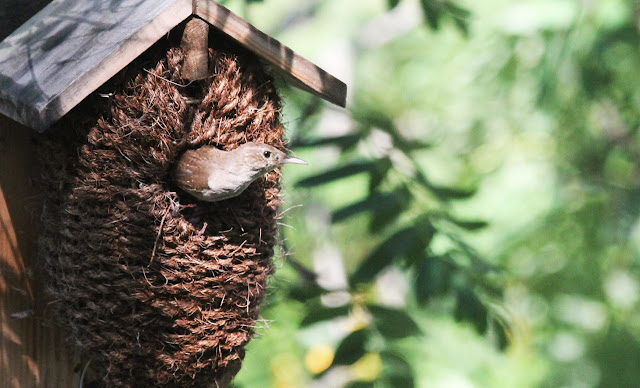I truly enjoyed seeing the exhibits and talking to Sharon and Jeff Halliday who are the only poultry exhibitors. Jeff spoke so warmly about his geese … and no… they eat neither them nor their eggs. They enjoy them for their being geese. Jeff commented on how very intelligent they are and I thought they looked it.
Welcome to come with me to the fair
The horse pull.
This is one of the team that one the pull. Gorgeous gentle intelligent animal … the horse that is. I don’t know the man.
Steam power exhibit. Rowers
Children’s lamb costume contest. This is Tinkerbell
One of Jeff Halliday’s beautiful intelligent geese
Quilting
Wish my corn was that high
Helicopter ride over Delta and Beverly lake. A truly special experience. A special thanks to Miles Bies and Doug the pilot who made it possible for me to fly as solo guest.




















































